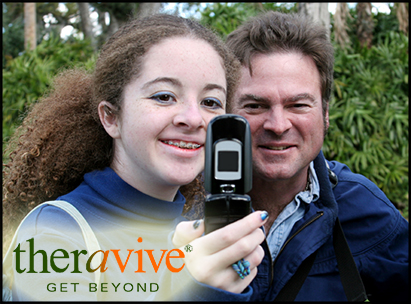 Social connection with social media
Social connection with social media
With every day that goes by, there seems to be a new and exciting app or social media outlet that pops on to the screens of smartphones everywhere. One of the biggest consumers of social media is not surprisingly the socially craved teens. At this time of life, teens are seeking connection and belonging. Not too long ago, (although at times it seems so long ago) social connection included actual human contact and telephone calls before 8pm. Nowadays, teens are connected to peers and strangers from all over the world, 24 hours a day, 7 days a week. All that is needed is a smartphone, and voilà, connection is literally a finger tap away.
Many can and have argued the pros and cons of the quick growing forms of technology. Whether or not we agree with the unlimited forms of social media that are being created and launched on the regular, we must find a way to understand and positively integrate it into our world. Oftentimes, parents are unaware of the newest and hottest app that teens are eagerly introducing to their repertoire of social connection. Even parents who are tech savvy scramble to stay caught up with the most popular app or the newest fad taking over Facebook. For many teens and young adults, these forms of connection are their only forms of connection. Technology has become their primary language. As parents, staying connected to your children in their language is essential for their development and the quality of the bond of your relationship with them.
 What are some ways to stay connected with your teen or child when it comes to social media?
What are some ways to stay connected with your teen or child when it comes to social media?
- Be curious! Ask your teen or child about the apps they are using. Let them show you how the apps work, how they use them, who they use them with and why they like the app. Approach is very important here as well. Approach your child in a light and fun way; he or she will be more inclined to share with you if you display genuine interest in a welcoming way.
- Join them! If you have access to a smartphone, let your child know you would like him or her to help you download the app so you can use it too. This can be a very positive way to connect with your child. Again, it’s your attempt to speak their language! Often, adults find these apps amusing as well, and enjoy participating. Also, by using with the app, you can get an insider’s view of how it functions, and any concerns that may be presented.
- Discuss healthy and unhealthy usage. Don’t be afraid to talk to your child about the app and concerns you may have with it. In fact, ask your child what he or she likes and dislikes about the app. Present scenarios to them, and ask how they would deal with certain situations. This way, your child may be more likely to approach you if he or she is caught in a compromising situation and does not know how to handle it. Or, you may bring up good points that can prepare your child to deal with varying scenarios.
- Explore boundaries. Children can get caught up with feeling like they need to be on a certain site or have a specific app downloaded on their phone. Talk to your child about good boundaries and appropriate social interaction. Ask your child if he or she enjoys the app. There are times when your child may get pressured into participating in a form of social media that he or she is not comfortable with. Help your child figure out how to tell peers that he or she does not want to participate. If your child is using their phone during dinnertime, ask him or her to put it away. Explain to your child how being on the phone while at the dining room table is not appropriate. Talk to them about eye contact, feelings of respect, and the importance of knowing when to disconnect with media. Sometimes, children are worried they will “hurt” their friends’ feelings and do not know how to separate from their phones without feeling guilty. Acknowledge their feelings, and help them come up with good ways of telling friends they need to go.
While there are many precautions that should be considered when it comes to children/teens and social media, we have come to a time when facing it with a positive attitude may be the key to helping children use these mediums appropriately. Some curiosity, exploration and healthy discussion with your children can go a long way. So, the next time you see your child giggling at something on their phone, engage them in a conversation. Ask them what the new app is all about. Have fun with your child. Learn their language so you can speak their language. You may learn something you like.
_________________________________________________________________________________________________________________________________
Sheila Sayani, MA, LMFT, practices in Calabasas and Encino, CA. She specializes in relationship dynamics, specifically with couples and individuals struggling with couple's issues.
About the Author

Sheila Sayani
, MA, MFTSheila Sayani, Licensed Marriage and Family Therapist, has a Master’s degree in Clinical Psychology from Pepperdine University, and a Bachelor’s degree in Psychology from UC. She has a wide range of experience with a variety of populations, spanning from infants with special needs, to children, adolescents, couples, families and trauma victims. She has worked in school, hospital and clinic settings with communication skills, attachment & relationships, parenting and child development.
Office Location:
16055 Ventura Boulevard Suite 555
Encino, California
91436
United States
Phone: 818- 804-7040
Contact Sheila Sayani
Professional Website:
www.SayTherapy.com